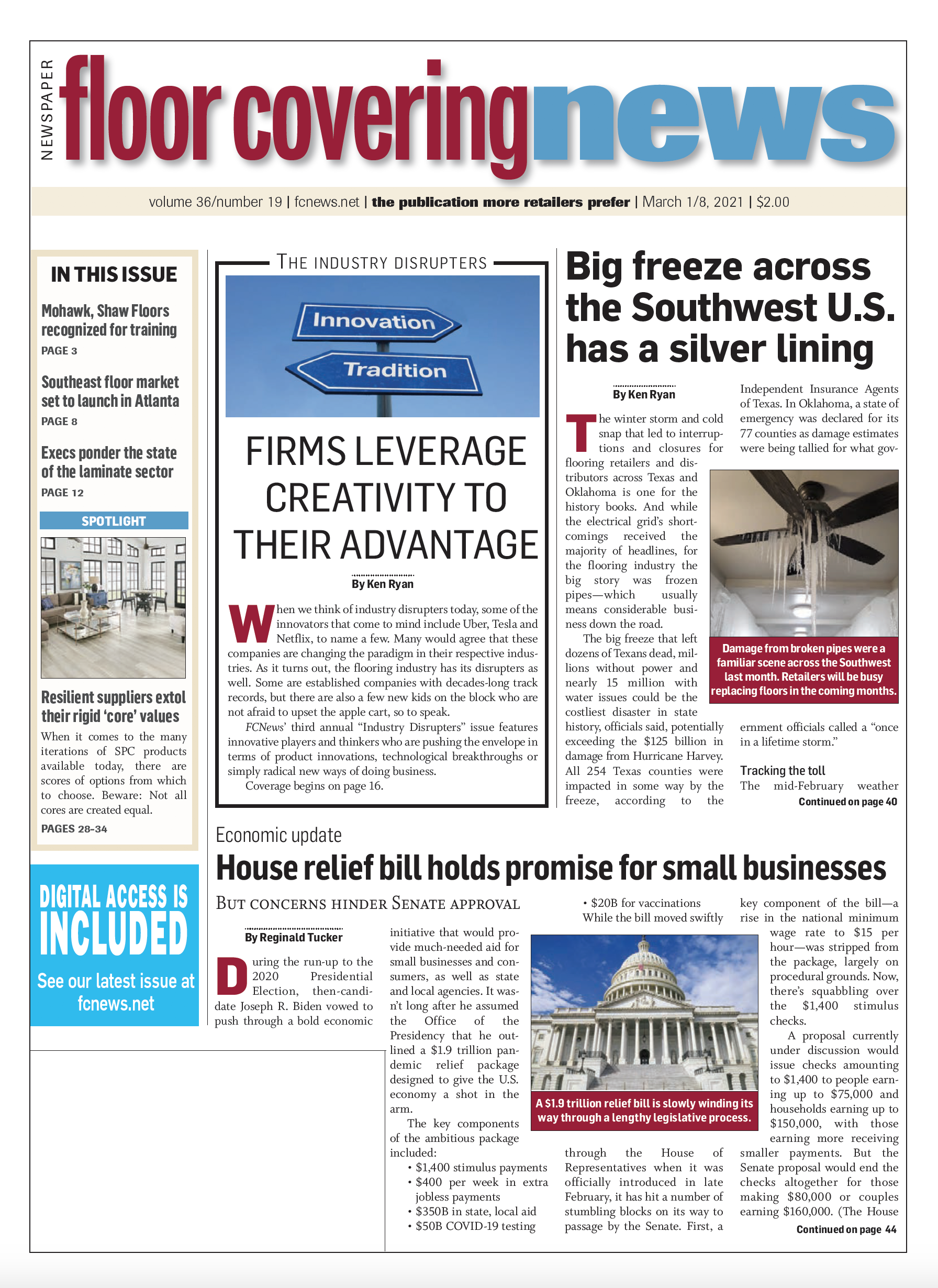 In part one of this series, I identified some of the key drivers and trends that will impact bellwether commercial end-use market sectors such as corporate (a.k.a workspace) and government/institutional. In this installment, I will delve into hospitality, retail, multi-family, education and health care.
In part one of this series, I identified some of the key drivers and trends that will impact bellwether commercial end-use market sectors such as corporate (a.k.a workspace) and government/institutional. In this installment, I will delve into hospitality, retail, multi-family, education and health care.
Hospitality. The coronavirus pandemic has obviously hit this segment very hard. Viewing both the near term and the future, it will be beneficial to separate business-related activities and leisure activities. Pent-up demand would seem to favor a spring back on the leisure side. Another positive factor in the leisure space is that the millennial generation and subsequent generations appear to value vacation experiences more than previous generations.
The big question is when will the sector be ready to reinvest, even in leisure-focused properties. I’m not confident that 2021 will be the year capital expenditures see robust growth.
Retail. The pandemic and technology have hammered the brick and mortar portion of this segment. The impact on disposable income may have offset the impact of the pandemic on overall revenue, but not the impact on revenues from brick and mortar. I would expect to see continuing reduction in retail store square footage. Also, money spent on a retail space by owners may be directed more to technology to enhance the customer’s in-store experience rather than on furnishings. Commercial furnishing expenditures in this segment will continue to be challenging in 2021.
Multi-family. So far, the pandemic has not significantly impacted effective gross rental revenues in this segment. This has been aided by the various financial support programs people have been receiving, and it appears that some programs will persist. While low population growth constrains this market to some degree, the concept of renting has continued to grow. Technology is providing new means of engaging potential renters while creating new tools to manage properties for the purpose of providing healthier, more cost-effective environments. I expect to see activity in this sector now and in the years to come.
Education. Historically, this segment has been divided between K-12 and higher education. I suggest looking at this segment as having three categories: K-8, high school and higher education. While low population growth and low immigration are a drag on enrollment, there will still be enrollment growth—albeit at a lower rate. In the case of higher education, the percent of the eligible population that attends a higher education institution is relatively low but will likely grow. I expect both near- and longer-term furnishing expenditures to be somewhat constrained.
Health care. The pandemic hurt this segment by limiting the ability to perform many elective procedures and other revenue-generating activities. However, this, too, will pass. An aging population will more than offset low population growth in terms of demands on these facilities. The demographic imperatives pertaining to senior-living facilities, for example, are too strong for this area’s growth to slow down.
The various commercial market segments outlined above each have unique issues and opportunities to manage. Success will require commercial marketers to develop segment-specific go-to-market strategies. It will also require building foundations for growth in segments that might not currently offer significant revenue opportunities.
Mark Nestler is president of Nestler Strategies, a firm that provides go-to-market strategies for manufacturers and distributors of commercial interior products.

